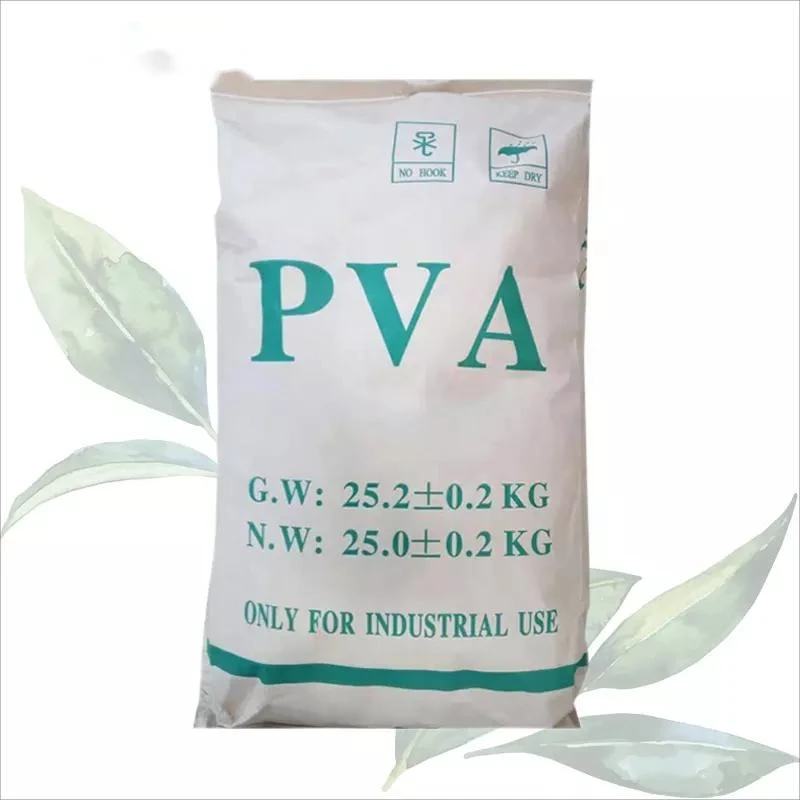Understanding Redispersible Powder (RDP) and Its Applications
Redispersible powder (RDP) is a crucial component in many construction and building materials such as adhesives, sealants, and other formulations. This versatile product is derived from polymer emulsions that have been spray-dried, providing a powder form that can easily be transported and stored. Upon the addition of water, RDP can quickly disperse to reform the original emulsion, thus enhancing the properties of various applications. This article delves into what RDP is, its benefits, and its diverse applications within the construction industry.
What is Redispersible Powder?
RDP consists of polymers that enhance the performance of construction materials when mixed with water. The powder is mainly composed of acrylic or vinyl acetate polymers, which are chosen for their robustness and adhesive properties. When RDP is rehydrated, it reconnects and forms a continuous polymer network. This phenomenon is crucial in many construction applications, ensuring that the resultant material has improved flexibility, adhesion, and resistance to environmental factors.
Benefits of Redispersible Powder
1. Enhanced Performance RDP significantly improves the workability and performance of construction materials. Its incorporation leads to a stronger bond between materials, improving the overall durability and longevity of the construction.
2. Water Resistance RDP provides increased water resistance, making it ideal for use in environments exposed to moisture. This quality is essential for applications such as tiles, flooring, and plastering.
3. Flexibility The flexibility offered by RDP allows for the accommodation of structural movement without compromising the integrity of the bond. This characteristic makes it suitable for use in buildings that experience shifts due to temperature changes or settling.
4. Ease of Use The powder form allows for easy transportation and handling compared to liquid emulsions. This convenience reduces shipping costs and minimizes the complexity of storage.
5. Compatibility RDP is compatible with various materials, including cement, gypsum, and lime. This versatility means that it can be used in a myriad of construction applications.
redispersible powder rdp

Applications of Redispersible Powder
RDP is used in several construction applications, demonstrating its broad utility
1. Tile Adhesives In the tile industry, RDP is commonly added to adhesive formulations. It enhances the adhesion between tiles and substrates while improving flexibility, allowing for a strong bond that withstands thermal cycling and moisture infiltration.
2. Cement-Based Mortars RDP improves the workability and adhesion of cement-based products, such as plaster or render. The improved bond strength ensures better performance in external and internal applications.
3. Self-Leveling Compounds RDP is utilized in self-leveling compounds to enhance their flow properties and adhesion, resulting in a smooth surface on floors while maintaining strength.
4. Sealants RDP is often incorporated into sealants for construction applications, offering superior flexibility and resistance to environmental conditions, thus prolonging the lifespan of the sealants.
5. Finishing Products In finishing products like texture coatings and paints, RDP provides improved workability and finish quality, enhancing aesthetic appeal while maintaining durability.
Conclusion
Redispersible powder is an essential additive that has transformed the landscape of construction and building materials. With its numerous benefits, including enhanced adhesion, water resistance, and flexibility, RDP is indispensable for professionals seeking high-performance solutions. Its compatibility with a variety of materials further expands its application range, making it a favorite among builders and manufacturers alike. As the construction industry continues to evolve with the introduction of new technologies and products, RDP will likely play an even more significant role in meeting the demands for stronger, more durable, and versatile building materials. Understanding and utilizing RDP can provide a competitive edge in a sector that increasingly values performance and reliability.
-
Rdp Powder: Key Considerations for Wholesalers in the Building Materials IndustryNewsJul.08,2025
-
Key Considerations for Wholesalers: Navigating the World of Hpmc - Based ProductsNewsJul.08,2025
-
Hpmc Detergent: Key Considerations for WholesalersNewsJul.08,2025
-
Key Considerations for Wholesalers: China Hpmc For Tile Adhesive, Coating Additives, Concrete Additives, and MoreNewsJul.08,2025
-
Crucial Considerations for Wholesalers: Navigating the World of Construction MaterialsNewsJul.08,2025
-
Key Considerations for Wholesalers Sourcing Additive For Cement, Additive For Concrete, Additive For Putty from Additive Manufacturer Shijiazhuang Gaocheng District Yongfeng Cellulose Co., Ltd.NewsJul.08,2025




